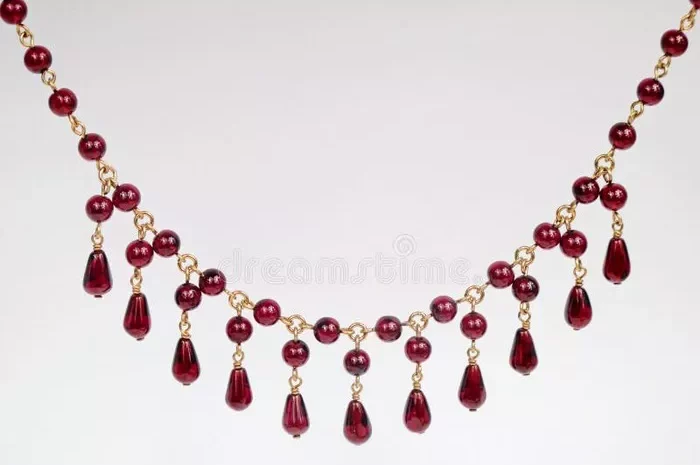Garnet abrasive is a versatile material with a wide range of applications in various industries. From cutting and polishing to sandblasting and waterjet cutting, garnet abrasive is prized for its hardness, sharpness, and durability. In this article, we’ll explore the uses of garnet abrasive across different sectors and examine why it is favored over other abrasive materials.
Introduction to Garnet Abrasive
Garnet is a group of silicate minerals with similar crystal structures but varying chemical compositions. The most common type of garnet used as an abrasive is almandine garnet, which is typically deep red in color. Other varieties of garnet, such as grossularite and andradite, may also be used for abrasive purposes, depending on their hardness and suitability for specific applications.
Garnet abrasive is prized for its hardness, which typically ranges from 6.5 to 7.5 on the Mohs scale of mineral hardness. This makes garnet harder than most other abrasive materials, including sand and glass beads, and well-suited for cutting and grinding applications. Additionally, garnet abrasive is relatively inert chemically, making it safe to use in various industrial processes.
What is Garnet Abrasive Used For?
Garnet abrasive finds numerous applications across a wide range of industries, thanks to its unique properties and versatility. Some of the most common uses of garnet abrasive include:
Waterjet Cutting: One of the primary uses of garnet abrasive is in waterjet cutting systems. Waterjet cutting is a precision cutting method that uses a high-pressure stream of water mixed with abrasive particles to cut through various materials, including metal, stone, glass, and composites. Garnet abrasive is often the preferred abrasive material for waterjet cutting due to its hardness, sharpness, and ability to produce clean, precise cuts without causing thermal damage to the workpiece.
Sandblasting: Garnet abrasive is widely used in sandblasting applications for surface preparation, cleaning, and finishing. Sandblasting, also known as abrasive blasting, involves propelling abrasive particles at high velocity onto a surface to remove rust, paint, corrosion, and other contaminants. Garnet abrasive is valued for its sharp edges and consistent particle size, which enable it to effectively remove surface coatings and imperfections without causing damage to the underlying substrate.
Abrasive Blasting: In addition to sandblasting, garnet abrasive is used in various abrasive blasting applications, including abrasive blasting cabinets and portable blasting equipment. Abrasive blasting is commonly used for deburring, descaling, and surface texturing of metal, plastic, and composite materials. Garnet abrasive provides excellent cutting power and uniformity, making it suitable for a wide range of abrasive blasting applications.
Abrasive Waterjet Machining: In abrasive waterjet machining, garnet abrasive is mixed with a high-pressure stream of water and directed onto a workpiece to cut, shape, or engrave it with precision. Abrasive waterjet machining is used in industries such as aerospace, automotive, and manufacturing for cutting complex shapes and materials that are difficult to machine using traditional methods. Garnet abrasive enhances the cutting efficiency of waterjet machining systems while maintaining tight tolerances and surface finishes.
Lapping and Polishing: Garnet abrasive is used in lapping and polishing applications to achieve smooth, flat surfaces with high precision and surface quality. Lapping and polishing processes are commonly used in the semiconductor, optics, and precision machining industries to finish and refine surfaces to exacting specifications. Garnet abrasive’s hardness and uniform particle size make it ideal for achieving fine finishes and controlling material removal rates during lapping and polishing operations.
Oil and Gas Industry: Garnet abrasive is utilized in the oil and gas industry for abrasive blasting and surface preparation of pipelines, storage tanks, and equipment. The sharp cutting edges of garnet abrasive effectively remove rust, scale, and coatings from metal surfaces, preparing them for inspection, maintenance, or coating application. Garnet abrasive’s hardness and durability make it well-suited for the harsh operating conditions encountered in the oil and gas industry.
Construction and Infrastructure: Garnet abrasive is used in construction and infrastructure projects for cutting and shaping concrete, stone, and other building materials. Whether it’s cutting rebar, shaping granite countertops, or removing graffiti from concrete surfaces, garnet abrasive provides the cutting power and precision needed to achieve desired results in construction applications.
Conclusion
In conclusion, garnet abrasive is a versatile material with a wide range of applications across various industries. From waterjet cutting and sandblasting to abrasive blasting and lapping, garnet abrasive offers unparalleled hardness, sharpness, and durability, making it a preferred choice for abrasive machining and surface finishing operations. Whether it’s cutting through metal with precision or preparing surfaces for painting or coating, garnet abrasive continues to play a vital role in numerous industrial processes worldwide.


